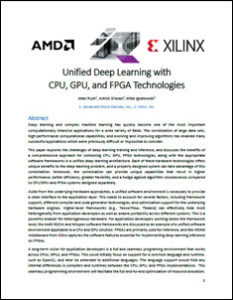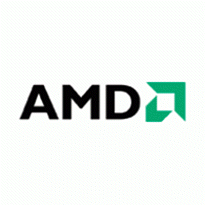
Deep learning and complex machine learning has quickly become one of the most important computationally intensive applications for a wide variety of fields. The combination of large data sets, high-performance computational capabilities, and evolving and improving algorithms has enabled many successful applications which were previously difficult or impossible to consider.
This paper explores the challenges of deep learning training and inference, and discusses the benefits of a comprehensive approach for combining CPU, GPU, FPGA technologies, along with the appropriate software frameworks in a unified deep learning architecture. Each of these hardware technologies offers unique benefits to the deep learning problem, and a properly designed system can take advantage of this combination. Moreover, the combination can provide unique capabilities that result in higher performance, better efficiency, greater flexibility, and a hedge against algorithm obsolescence compared to CPU/GPU and FPGA systems designed separately.
A long-term vision for application developers is a full and seamless programing environment that works across CPUs, GPUs, and FPGAs. This could initially focus on support for a common language and runtime, such as OpenCL, and later be extended to additional languages.
Download the report from Advanced Micro Devices Inc. (AMD) and Xilinx Inc., that explores the value of combining CPU, GPU, and FPGA technologies.
All information that you supply is protected by our privacy policy. By submitting your information you agree to our Terms of Use.
* All fields required.




